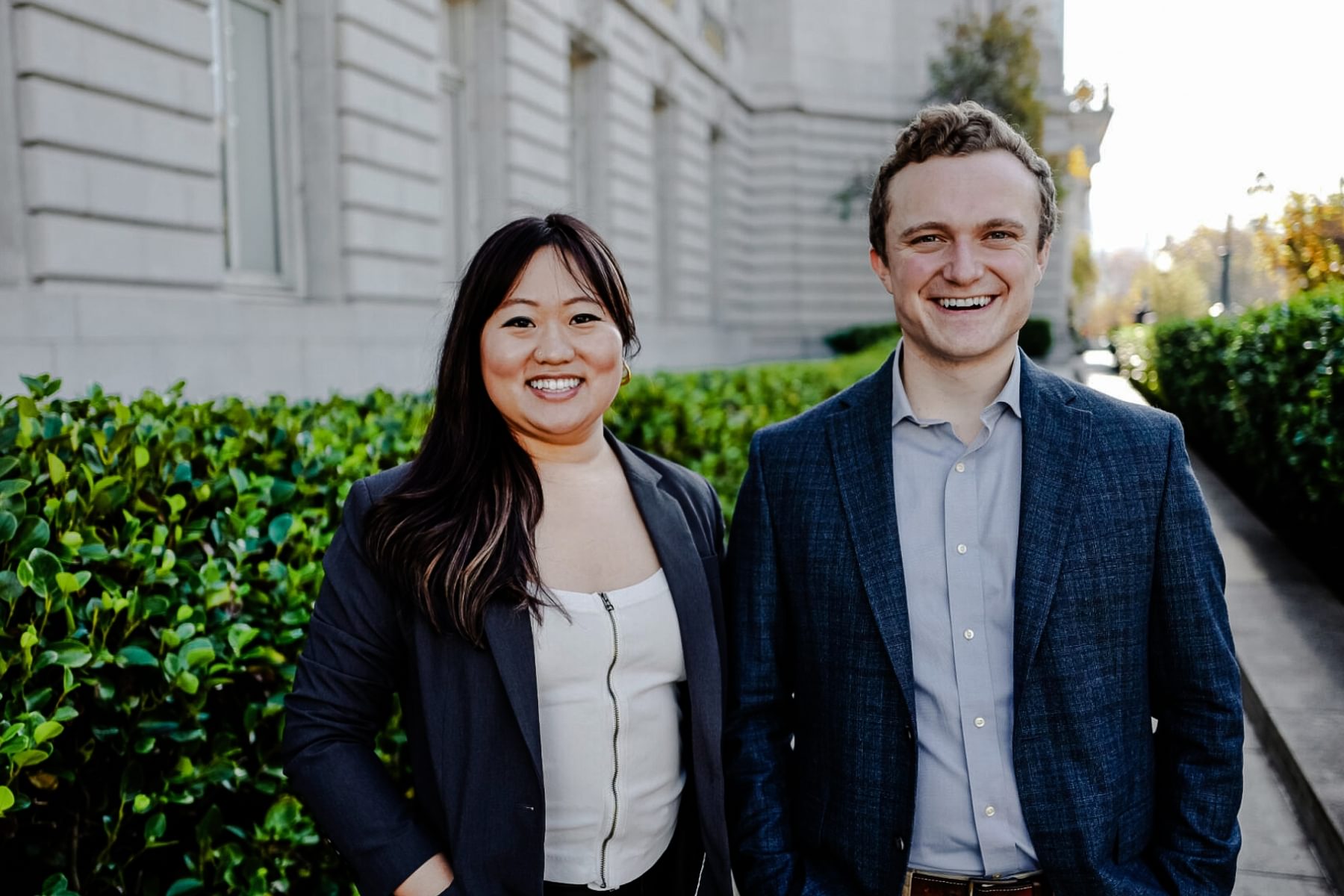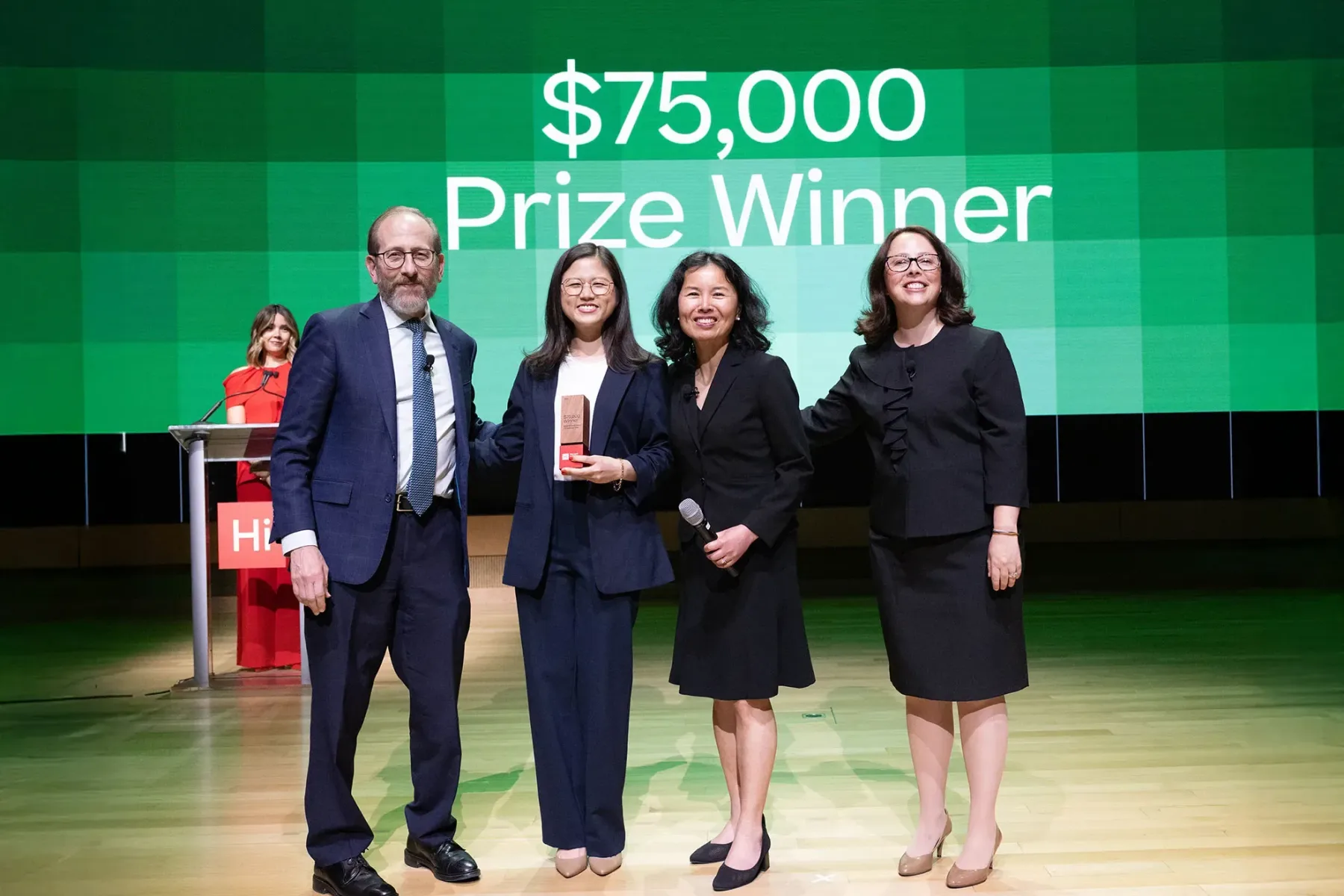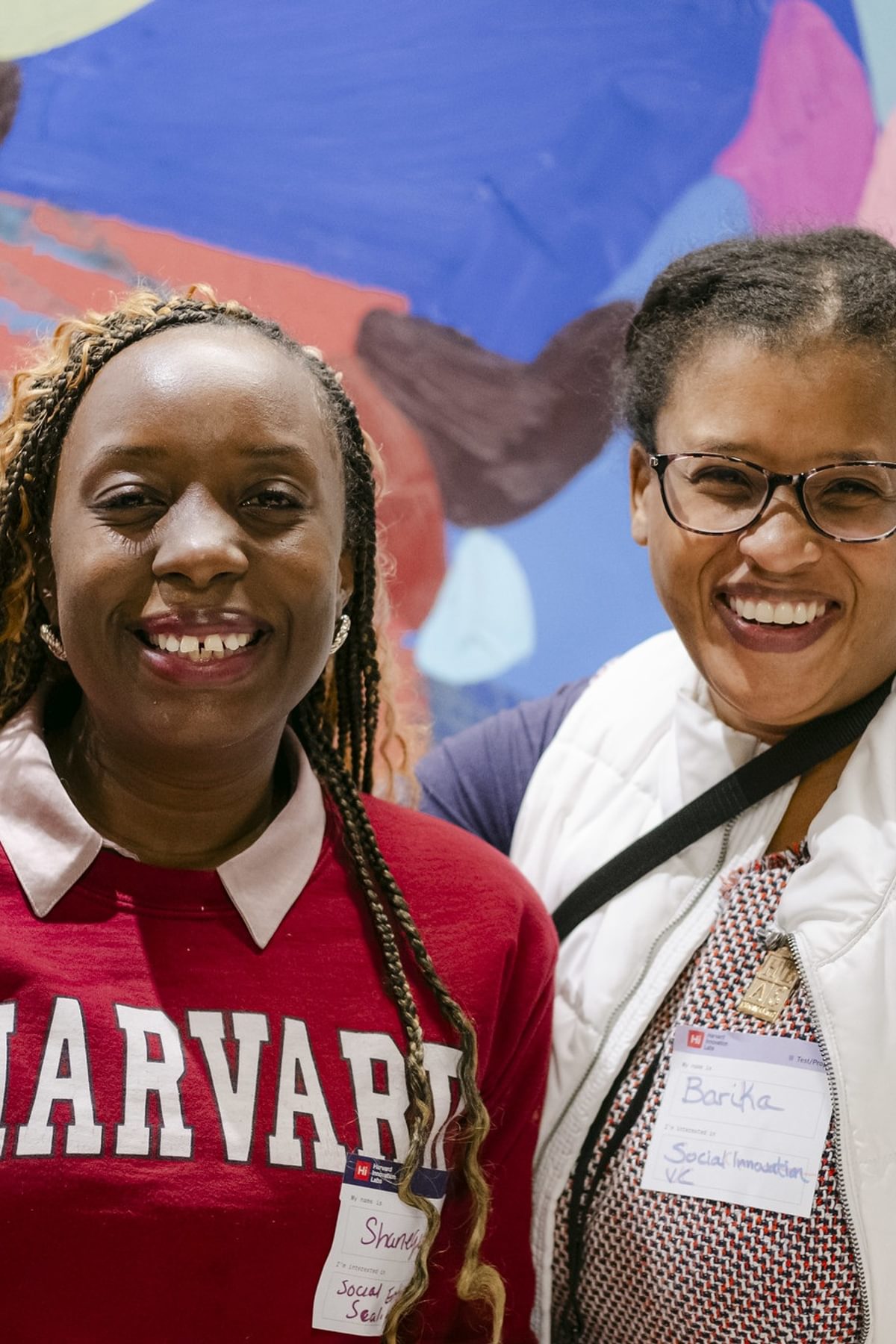According to an estimate from the World Economic Forum, it could cost as much as $1 trillion a year to stop the current global loss of biodiversity — the variety of all living things that holds the balance of life on earth. Without it, the ecosystems responsible for everything we rely on, from the air we breathe to the food we drink, cease to exist. Yet less than an estimated $150 billion is currently spent to solve this existential crisis. Harvard Climate Circle venture EarthAcre is betting big that this will change, and doing their part to see that it does — and soon.
On September 29, EarthAcre announced an historic first in conservation funding — the sale of an option on biodiversity assets. This milestone represents a significant stride towards the conservation of biodiversity landscapes and the equitable compensation of Indigenous peoples and local communities (IPLCs) for their invaluable stewardship of land.
EarthAcre is unlocking biodiversity as an underutilized asset for indigenous landowners, allowing them to sell biodiversity credits, or “biocredits.” Biocredits have the potential to accelerate funding for biodiversity conservation while benefiting local communities, say EarthAcre’s cofounders Viraj Sikand (HKS/HBS 2024) and Mark Tracy (HKS 2012).
Where the carbon market currently allows corporations and investors to trade carbon credits and offsets, in a biodiversity market biocredits are created to stop and reverse actual species loss by addressing environmental threats (like permanent habitat loss) and working with local biodiversity custodians, i.e. landowners. In fact, a biocredit market would make protecting biodiversity a lucrative effort for landowners.
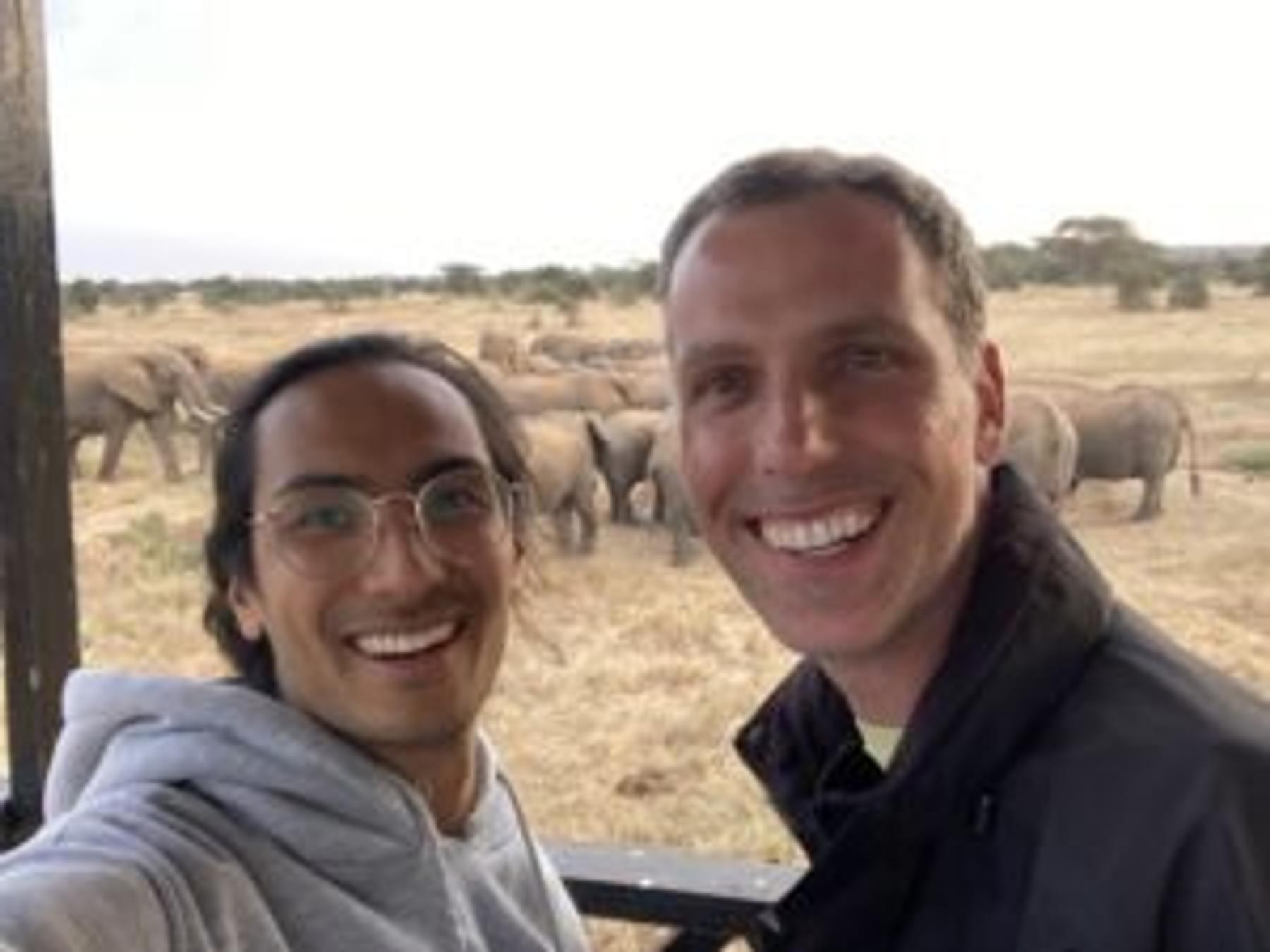
A shared history in environmentalism and social enterprise
Sikand and Tracy had both worked with landowners — pastoralists in Kenya and farmers in the United States, respectively — before they met. Sikand grew up with environmentalist parents in Nairobi, going on to earn an environmental studies degree from Brown. There he founded Kulisha, a startup that created sustainable protein from food waste, before enrolling in a joint degree program at Harvard Kennedy School and Harvard Business School. Tracy, meanwhile, spent the majority of his career “at the intersection of food, finance, technology, and public policy” — most recently as CEO of Perennial, a measurement, reporting, and verification platform for soil-based carbon removal. The cofounders met in 2015, when Tracy was recommended to Sikand as a potential advisor for Kulisha. “Mark and I got along from day one,” says Sikand. “We both have a shared history in environmentalism and social enterprise — and we kept in touch over the years.”
The i-lab has been tremendously useful! It served as a hub where our early team — people from across Harvard schools — would meet to whiteboard and iterate on the idea. From the beginning, our advisor, Rebekah Emanuel, has been a wonderful thought partner for us, questioning and improving our model, connecting us to experts, and linking us with resources like Green Pro Bono that provided us with high quality legal services to our company for free."
Viraj Sikand, cofounder, EarthAcre
When it came time to start EarthAcre, the cofounders’ unique past experiences in environmentalism and social enterprise had highlighted the desperate need for creative solutions to protect ecosystems holistically around the world: In Kenya, Sikand had seen firsthand what happens when tourism dries up and indigenous landowners have to sell their land to the highest bidder. And Tracy knew that carbon initiatives intended to offset greenhouse gas emissions weren’t necessarily working: “There were a lot of negative externalities on some of these carbon-credit programs; they weren’t looking at the environment holistically,” says Tracy. A “classic example,” he adds, is to plant an invasive species, like eucalyptus, which is known for its carbon sequestration properties, but also causes dramatic reduction of biodiversity: Researchers have concluded that its leaves prevent the roots of other plant species from growing.
Building a pipeline for financial support
At the UN-backed COP15 international biodiversity conference earlier this year, 188 international governments committed to preserving 30 percent of the world’s biodiversity by 2030. “In order to do that, we need to create a pipeline for financial support,” says Tracy. “And so taking a page from the carbon markets, the EarthAcre innovation is to pioneer a biodiversity credit, much like we trade carbon credits now.”
“[Mark and I] both knew that Indigenous and rural communities steward the supermajority of biodiversity on the planet, but largely remain uncompensated for this work,” says Sikand. “If we could change this, we could really move the needle in the fight against biodiversity collapse — and therefore climate change — and unlock biodiversity as an asset for the communities that protect this incredibly rare resource.”
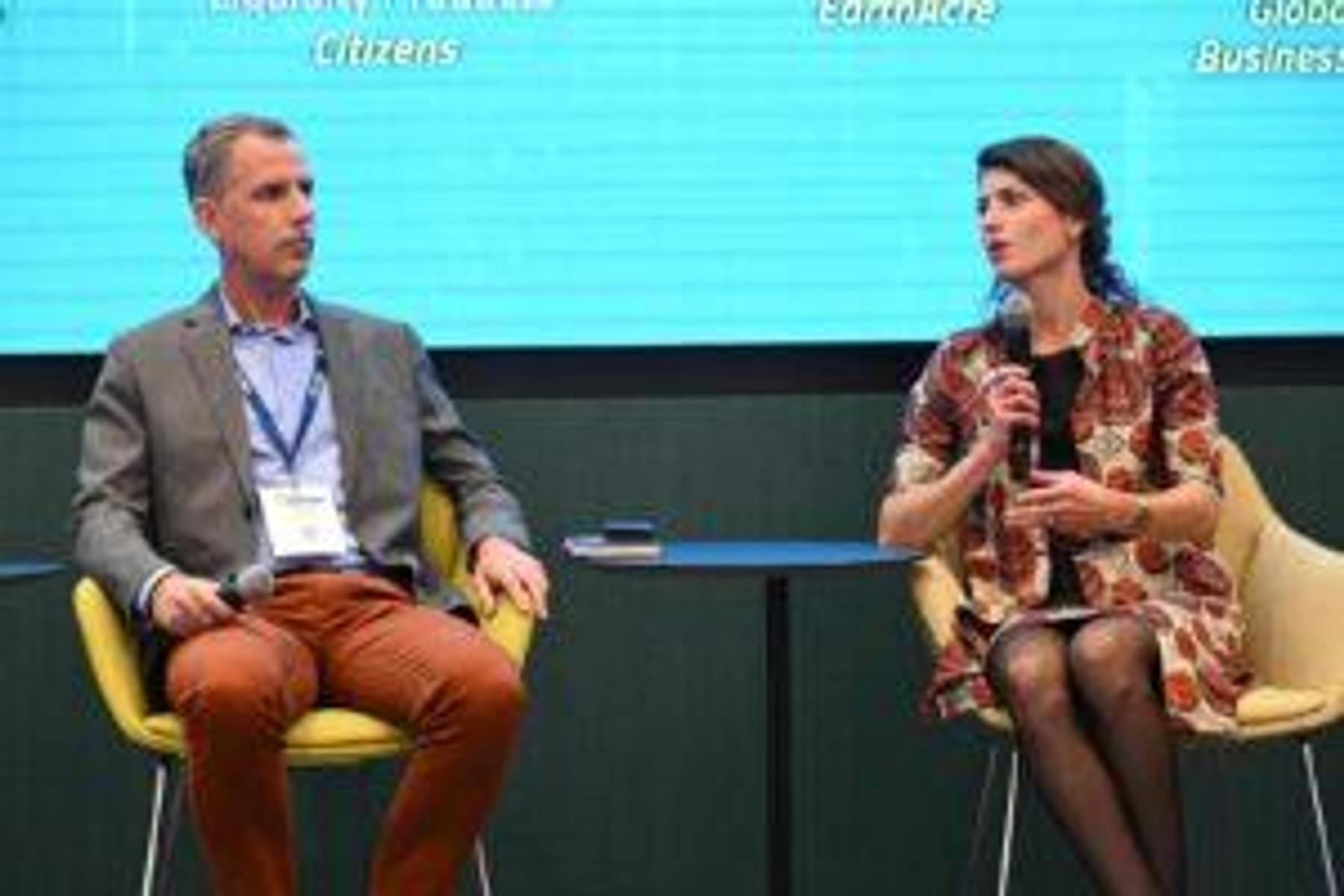
Under the mentorship of Professor Andrew Davies, a leading biodiversity and remote sensing researcher at Harvard, EarthAcre measured biodiversity at trial sites in Kenya — “so that we can productize and create a credit from that to ultimately sell to companies, NGOs, and nonprofits who want to actively demonstrate that they’re taking steps to show a nature-positive footprint,” says Sikand.
Repopulation and regeneration
One such impact is wildlife repopulation: At one of EarthAcre’s pilot sites, for example, elephants hadn’t been seen for nearly 30 years. Often seen as pests, thanks to their tendency to guzzle precious water and consume and trample crops, elephants had been driven out of the area for decades, says Sikand. Knowing elephants are an important part of the landscape’s biodiversity, the community decided to try and bring them back. “They literally created a trail of elephant dung dozens of kilometers long [to the site], and eventually elephants started following the trail of dung and came back,” he says. And the 200 or so who have returned are helping to regenerate the land’s ecosystem: “They’ve knocked down woody trees, which liberates nutrients for dung beetles and termites. Then those nutrients are drawn into the ground, into the soil to fertilize it. Elephants bring seeds from afar, and provide nutrients with their dung. Just by walking, they create divots where water collects. It's a natural, really stable way to regenerate the land. And obviously, as it regenerates, it sucks carbon out of the atmosphere and locks it away.”
“But if you just anchor in carbon, then you might also decide to plant a ton of eucalyptus trees as well,” Sikand continues. “Or fence it off because you just want to focus entirely on the carbon credits.” These decisions don’t support the earth’s biodiversity and don’t help regenerate the land, Sikand says. “So that's why we need to create a new instrument here that makes sense, that encourages further regeneration, but also incentivizes sustained stewardship of these diverse resources.” And that’s what they’re doing with EarthAcre: helping to build a biodiversity market that works for nature and its custodians, accelerating funding for biodiversity conservation in the process.
Mission matters. And that's one of the nice things about the Climate Circle. At the end of the day, you’re gonna have to work really hard to get your venture off the ground. You have to have passion. Passion comes from the mission. And I think that's why climate startups have a special edge over other areas, because thankfully, generationally, now people are willing to work hard, really focused on an important mission, like addressing one of the biggest challenges of many generations. Climate founders should really lean into that as much as possible.”
Mark Tracy, cofounder, EarthAcre

